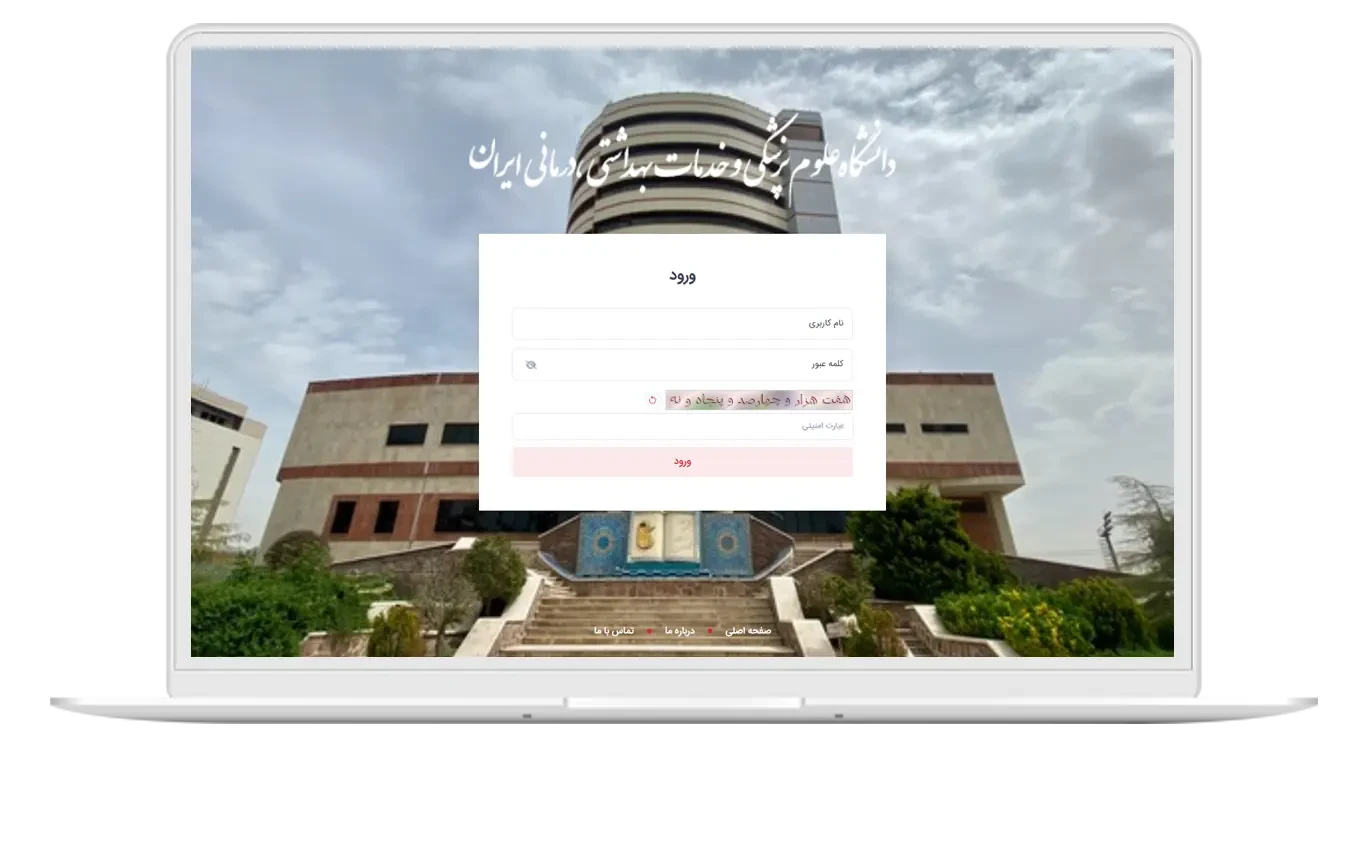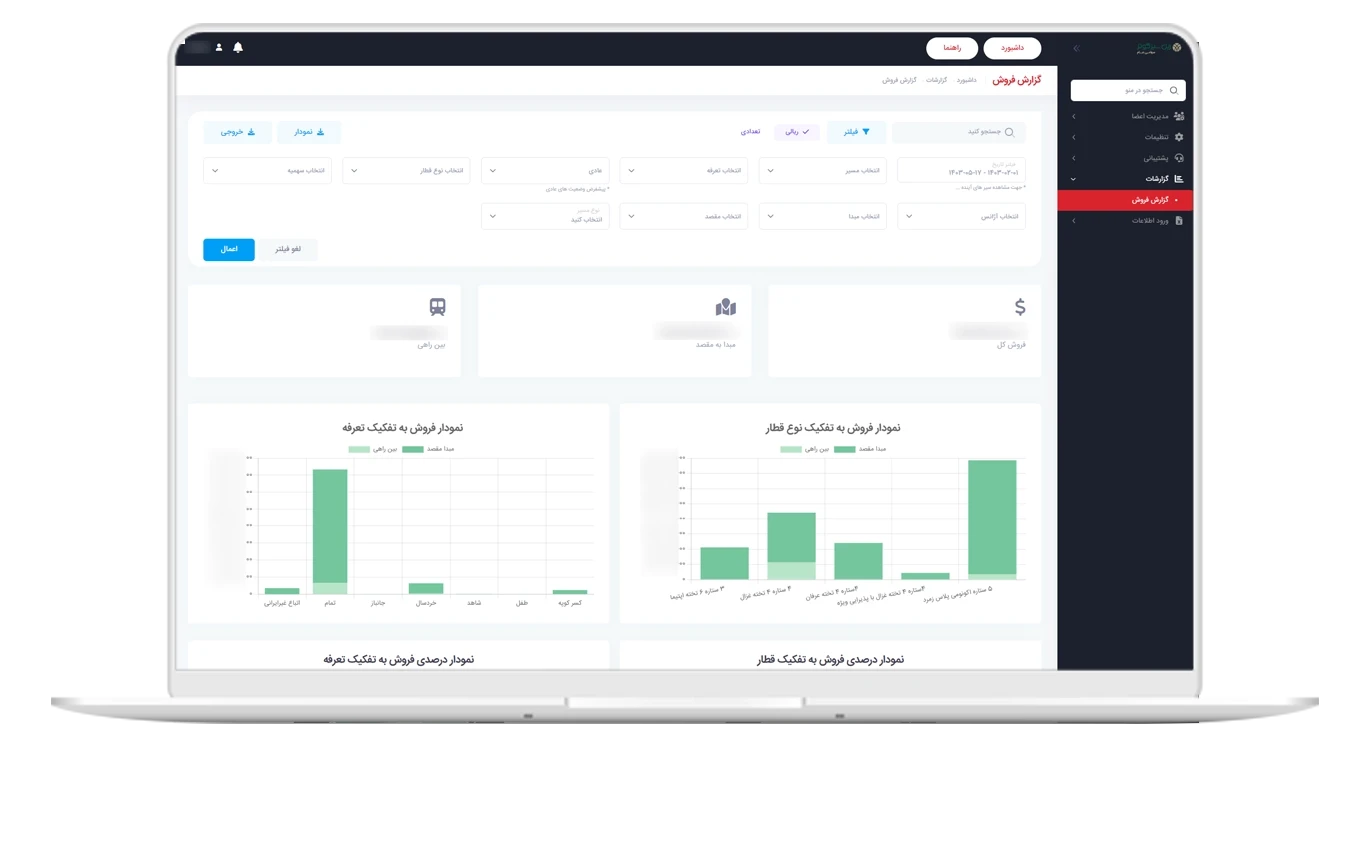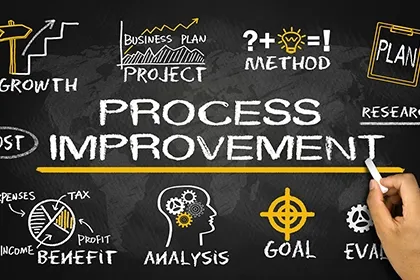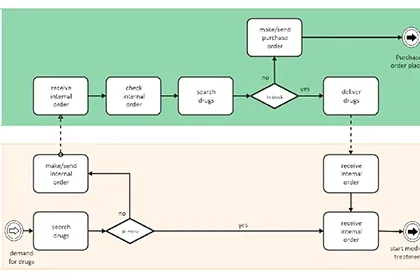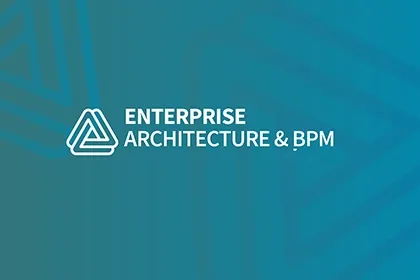If you are looking for a solid foundation for designing, optimizing, and automating processes, understanding BPM and BPMS fundamentals is the first step. Many managers have this question when starting process automation: What is BPM and what is the difference from BPMS?
In this article, we will explore the main concepts of BPM, the role of BPMS systems, the BPM lifecycle, modeling with BPMN, performance indicators (KPIs), and the role of modern technologies such as RPA and AI in simple language.
What is BPM and what problem does it solve?
Business Process Management (BPM) is a systematic approach to designing, executing, and improving workflows to deliver sustainable value to customers. The goal of BPM is to eliminate waste, reduce errors, increase agility, and align operations with strategic goals. Understanding BPM and BPMS fundamentals helps you embed process logic in your organization before acquiring tools.
In simple terms, BPM means viewing the organization not as a collection of units but as a collection of "processes".
For example, in a bank, opening an account is not just the responsibility of a branch unit; it involves multiple stages such as validation, data entry, financial control, and card issuance. BPM manages these stages transparently and integratively.
Key features of BPM:
- Focus on process as an asset, not just the organizational unit.
- Synergy among people, data, and systems.
- Transparency, measurability, and continuous improvement.
What is BPMS and how does it differ from BPM?
BPMS (Business Process Management System) is the software that implements the BPM approach. This system enables modeling, automated execution, monitoring, and improvement of processes.
📌 Difference between BPM and BPMS
-
BPM: Management approach and roadmap.
-
BPMS: Software tool and execution means.
In simple terms: BPM defines the path, and BPMS systems are the tools that help you along this path.
Note: Choosing BPMS without defining processes is like buying an advanced airplane without having a flight plan.
For further reading on systems, also see the related article What is BPMS .
Process lifecycle: from discovery to improvement
The typical lifecycle includes five steps: discovery/documentation, design/modeling, execution, monitoring, and improvement. This cycle operates iteratively and increases the quality of decisions with real data.
- Discovery: Interviews, workshops, and event data mining.
- Design: Optimizing the flow, eliminating bottlenecks, and drafting SLA.
- Execution: Configuring workflows, forms, and decision rules.
- Monitoring: Dashboards, alerts, measuring KPI.
- Improvement: Corrective actions, further automation, redesign.
Principles of modeling with BPMN
BPMN or Business Process Model and Notation is a standard language for diagramming processes.
📌 What is BPMN?
BPMN is a visual language that helps represent processes in a simple, precise, and understandable way for managers, analysts, and developers.
Best practices in modeling:
-
Using verb + noun names (like "Register Order").
-
Avoid complex diagrams.
-
Separating conceptual and execution layers.
-
Adhering to BPMN 2.0 standards.
What is a Workflow Engine?
The workflow engine is the heart of every BPMS.
📌 What is a Workflow Engine?
A Workflow Engine is part of the BPMS system that interprets the BPMN model, assigns tasks to individuals, and manages the execution of business rules.
Key capabilities:
-
Task queuing and prioritization.
-
Error and compensatory transaction management.
-
SLA control and scheduling.
-
Logging events for auditing.
KPI, SLA, and performance monitoring
Without measurement, improvement has no meaning. Key KPIs such as cycle time, wait time, error rate, first-time resolution, and cost per transaction provide a clear picture of process health. Real-time dashboards, alert thresholds, and periodic reports should be embedded in the BPMS.
- Performance indicators: completion time, productivity.
- Quality indicators: return/referral rates.
- Compliance indicators: adherence to SLA, violation rates.
Process Discovery & Mining
Process Discovery and Process Mining reveal the model of the "real" execution through event log analysis; bottlenecks, deviations, and exception paths become evident, providing a data-driven basis for improvement.
Process Discovery and Process Mining help uncover actual processes (what happens in practice).
Benefits:
-
Identifying bottlenecks and exception paths.
-
Examining deviations from the designed model.
-
Providing real data for continuous improvement.
📌 What is DPA?
DPA or Digital Process Automation is the combination of BPMS with other technologies like RPA and Process Mining and represents the next step in digital transformation.
The role of RPA and artificial intelligence in automation
RPA automates repetitive tasks without complex decisions; AI/ML aids in predicting, classifying, and decision-making. A modern architecture integrates BPMS with RPA and AI complementarily, sometimes referred to as DPA (Digital Process Automation) and low-code platforms.
In summary:
-
BPM and RPA: Automating repetitive tasks and reducing work execution time.
-
BPM and AI: Analyzing data, predicting demand, and proposing optimal solutions.
-
BPM and digital transformation: Combining BPM with innovative technologies not only leads to digitizing processes but also transforms the organization’s business model.
Integration (API, ESB, SOA)
Processes require data and services. Common patterns: REST/GraphQL calls, message-oriented with ESB, and service-oriented architecture (SOA) or microservices. Network error management, compensatory transactions, and idempotency are essential for stability.
Processes need to exchange data with other systems for execution.
📌 BPM and SOA
Service-oriented architecture (SOA) serves as a bridge between BPM and existing systems. This architecture allows organizations to easily integrate processes with internal and external services.
Governance, Risk, and Compliance (GRC) in BPM
Process governance includes ownership, change lifecycle, model versioning, and auditing. Role matrices (RACI), access controls, and audit trails assist with compliance. Documenting process knowledge and decisions reduces operational risk.
Implementation roadmap and common mistakes
Step-by-step roadmap
- Alignment with strategy: Selecting priority processes based on value/risk.
- Discovery and modeling: AS-IS workshops and TO-BE design.
- Selecting BPMS: Criteria—BPMN 2.0 engine, form builder, integration, reporting, low-code.
- Agile implementation: Short sprints, prototyping, continuous feedback.
- Monitoring and improvement: KPI dashboards, A/B changes, knowledge management.
Common mistakes
- Tool-centric rather than process-centric.
- Complex and unmaintainable models.
- Ignoring user experience and cultural changes.
- Lack of success metrics and clear ownership.
Summary and next steps
By understanding BPM and BPMS fundamentals, you can design the automation and improvement path based on your business value. It is recommended to develop a realistic roadmap, start with simple modeling, and continuously iterate the improvement cycle using real data. If you need a practical template, follow the "roadmap" section of this article and implement a low-risk pilot.
Are you ready to take the next step? Choose a priority process, create a BPMN model, and define KPI metrics—intelligent automation could start today.
